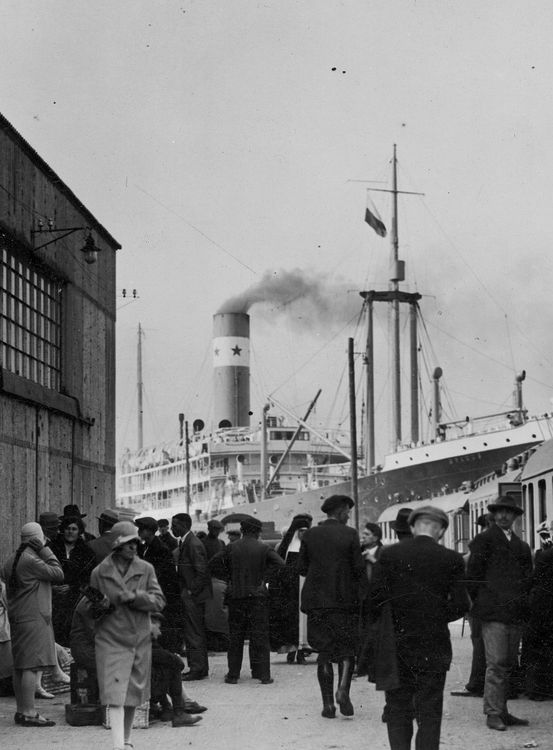Trouble with Trade Unions: Women Migrant Workers in the Austrian Textile Industry
In the aftermath of World War II in Austria, the textile industry heavily relied on women workers and was marked by low wages and physically demanding conditions. Over time, increasing global competition and labour shortages locally led employers to recruit migrant workers, including women, from Yugoslavia and Turkey. This shift helped sustain the industry during periods of economic growth, but it also provoked complex and often exclusionary responses from Austrian trade unions.
The Austrian Trade Union Federation and its affiliated bodies initially viewed migrant workers with suspicion. Trade unionists feared that the arrival of workers from abroad on temporary work contracts would undermine existing labour standards and weaken the bargaining power of domestic workers. This concern was especially pronounced among women unionists in regions like Vorarlberg and Tyrol, where the textile sector was concentrated. As early as 1955, women attending a Vorarlberg union conference protested against the recruitment of foreign women, framing it as a threat to local employment opportunities. These views persisted despite the growing demand for labour.

Advisory center for migrants from Yugoslavia, ca. 1975 (Photographer, copyright: Jovan Ritopečki; source: Wien Museum)
Although trade unions formally represented all workers, migrant women were almost entirely absent from union structures. They were rarely involved in works councils, often because they lacked Austrian citizenship or held short-term contracts. Even after non-citizens were granted voting rights at the workplace in 1976, they remained ineligible to stand for election. As a result, the leadership and decision-making processes in unions continued to be dominated by Austrians. Committees on labour migration were established, but the participation of migrants, especially women, was minimal.
The ÖGB did make some effort to engage with migrant workers, offering training courses and legal support. Yet these measures were often tailored for men and focused on workplace regulations, social security, and German language instruction, with the overarching goal of strengthening productivity and labour discipline. While some migrant women attended such courses, their concerns were rarely prioritised in course curricula. Issues like family responsibilities, insecure employment, and discrimination were frequently overlooked.

Yugoslav Workers' Sports Games in Austria,1982 (Photographer, copyright: Jovan Ritopečki; source: Wien Museum)
Women’s committees within the trade unions and Chambers of Labour also failed to meaningfully include migrant perspectives. Meeting minutes and official publications from the period rarely convey migrant women’s voices or engage with their concerns. Instead, migrant labour was discussed mainly by native-born trade unionists, and generally considered a problem – with migrants cast either as a burden on social services or as a disruptive force in the workplace. This limited discourse reinforced the marginal position of migrant women within the labour movement, the broader workforce, and society at large.
Despite these barriers, some migrant women engaged in activism through informal channels, participating in and organizing workers’ clubs and, later, counselling centres. These spaces offered alternative ways to advocate for rights and support one another in everyday struggles. The formal structures of the Austrian trade union system remained largely closed to them throughout the postwar period. The experience of migrant women in Austria’s textile industry reveals how exclusion can be built into institutions that are meant to promote solidarity and protection for all workers.
Read more here


